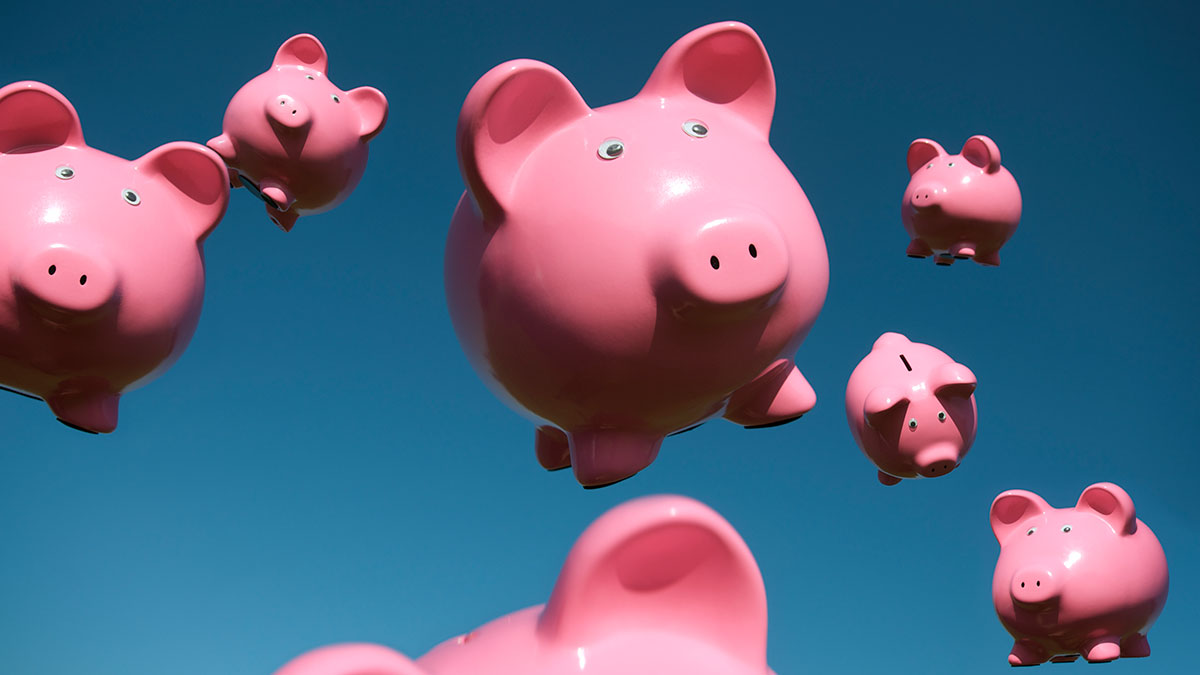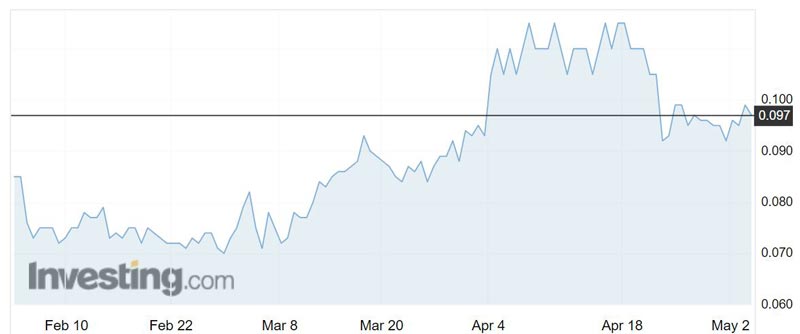Australia is selling $90b worth of energy resources a year – here’s who could benefit

These gold producers have kept some of their gold production in hedges Pic: Getty Images
Australia’s underground energy reserves are nearly 600 times the country’s current energy consumption, new data shows.
The latest update of the Australian Energy Resources Assessment (AERA) shows Australia has more than enough oil, coal, gas and renewable energy resources to not only meet its daily needs but also to export overseas.
Coal, oil, gas and uranium make up more than 20 per cent of Australia’s exports and are projected to earn around $90 billion a year over the next five years.
“Australia has in excess of 3,500,000 petajoules of Economic Demonstrated Resources like coal, gas, oil and uranium,” federal resources minister Matt Canavan said on Thursday.
“EDRs are resources assessed as potentially viable for future development by industry. This is nearly 600 times Australia’s total primary domestic energy consumption.”
Australia is under-explored
Australia already has an abundance of resources — but there is still more to be found.
We are particularly under-explored for oil and gas, with spending falling by more than a quarter in the December quarter to $245 million, government figures show.
On the back of a gas crisis on the East Coast that has resulted in supply shortages and recurring blackouts, the Australian government is chipping in $90 million to get things moving.
The investment includes a $26 million program designed to accelerate new supplies from onshore gas developments to the domestic market.
Junior oil and gas explorer Real Energy’s (ASX:RLE) share price rallied 4.2 per cent on Thursday on news it had encountered gas during the drilling of its Tamarama-2 well in Queensland’s Cooper-Eromanga Basin.

Petrel Energy (ASX:PRL), meanwhile, has decided to extend its option to acquire a gas exploration permit in the north of Western Australia’s Perth Basin.
Up until now the company has been focused on oil and gas exploration in Uruguay and Spain.
“Petrel was offered these assets in April 2016 when energy markets hit bottom and although our focus was elsewhere, given the work that had been done we considered this too good an
opportunity to pass up if we could keep funding modest,” boss David Casey told investors on Thursday.
- Bookmark this link for small cap breaking news
- Discuss small cap news in our Facebook group
- Follow us on Facebook or Twitter
- Subscribe to our daily newsletter
The Northern Territory gas industry was given a boost recently after the government lifted a ban on fracking that has been in place since September 2016.
Fracking, or hydraulic fracturing, is a method where water mixed with lubricants is sent down a well to force open cracks and fissures holding oil or gas.
Brisbane-based Blue Energy (ASX:BUL), which has projects in the NT, welcomed the move last week — but also took a crack at the excessive regulations implemented to lift the ban.
The company also has projects in Queensland and is continuing gas commercialisation talks with several parties for its resources in the Bowen Basin.
Victoria is not as open-minded, however, and has suspended conventional onshore gas exploration until 2020, a move Gina Rinehart-backed Lakes Oil (ASX:LKO) is fighting in the Supreme Court.
Lakes Oil had been undertaking gas exploration in Victoria prior to the ban, spending more than $80 million in the state.
Renewable energy growth
Australia is also increasing its renewable energy generation, according to Dr Andrew Heap, chief of Geoscience Australia’s Resources Division.
“We are only just starting to understand the scale of Australia’s renewable resources, and to develop the technologies to harness them not just for electricity generation, but also for fuels,” he said.
Renewable Energy currently accounts for about 16 per cent of Australia’s electricity generation.
“We expect that share to increase as renewable energy technologies become more advanced,” Mr Heap said.
UNLOCK INSIGHTS
Discover the untold stories of emerging ASX stocks.
Daily news and expert analysis, it's free to subscribe.
By proceeding, you confirm you understand that we handle personal information in accordance with our Privacy Policy.








